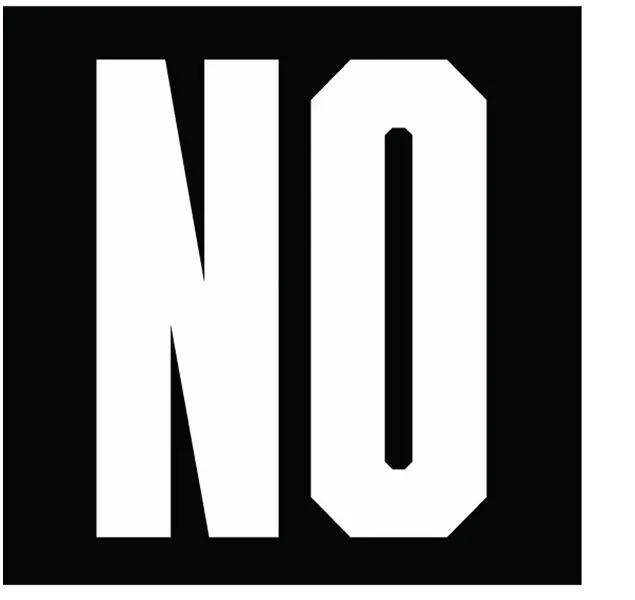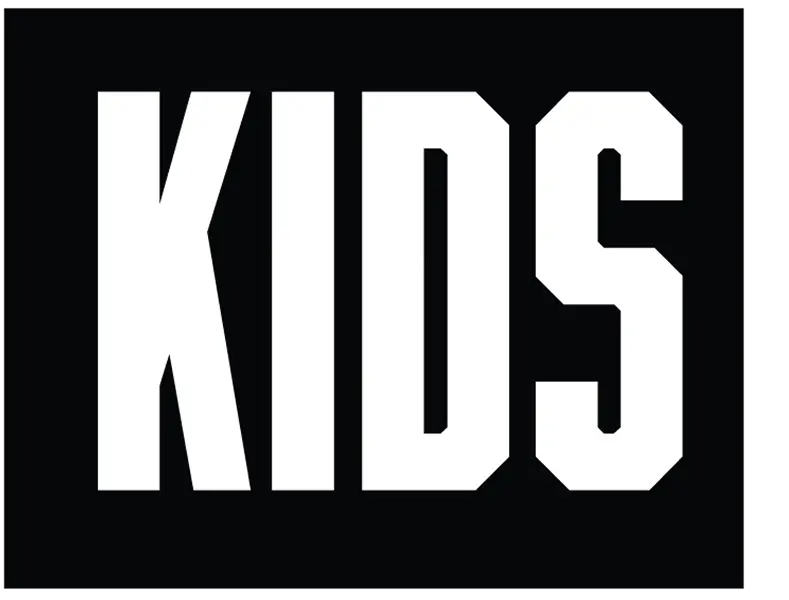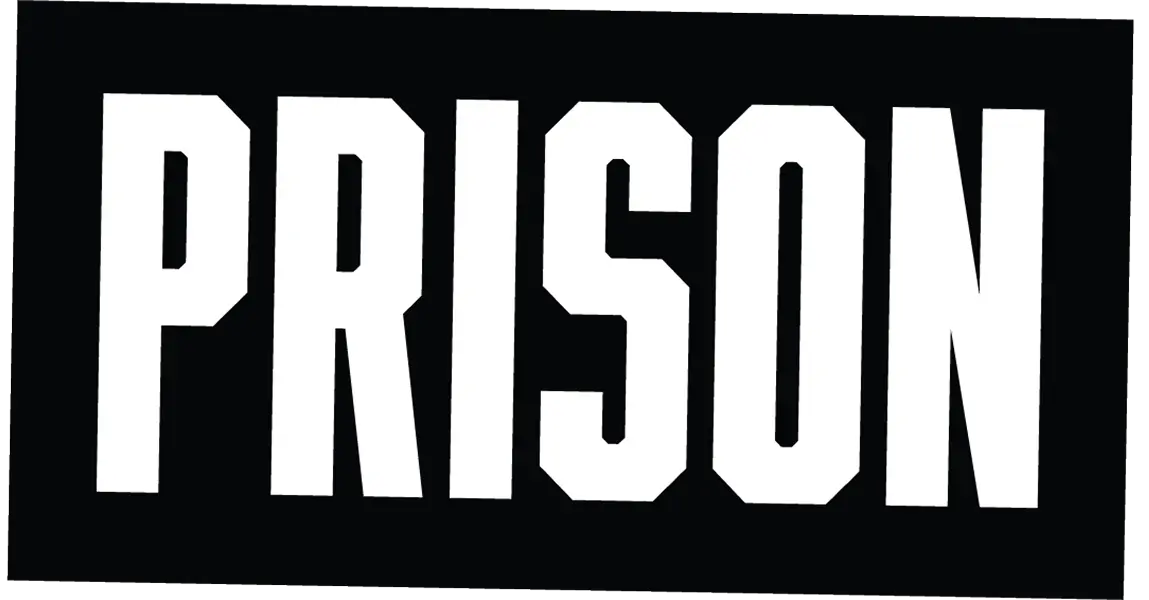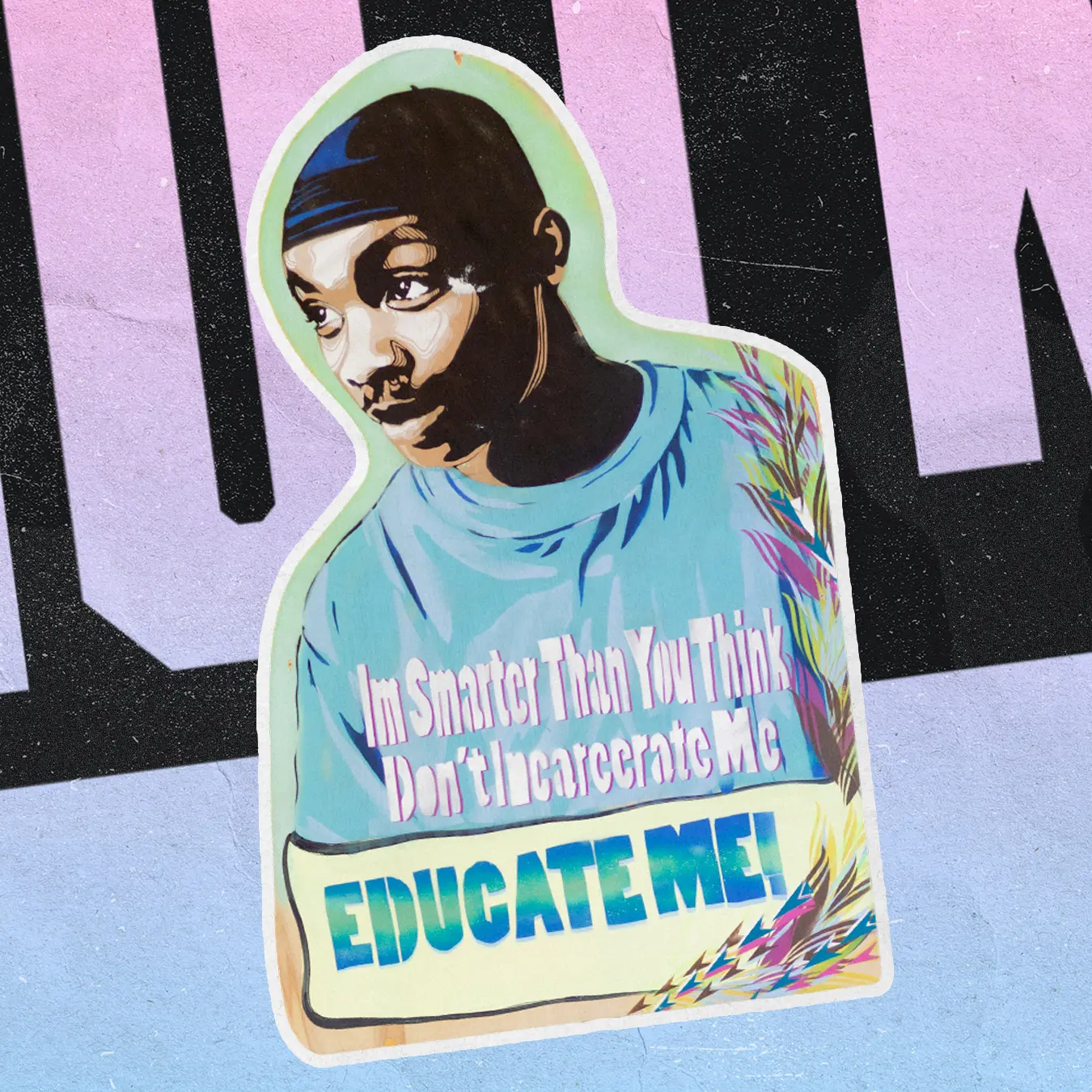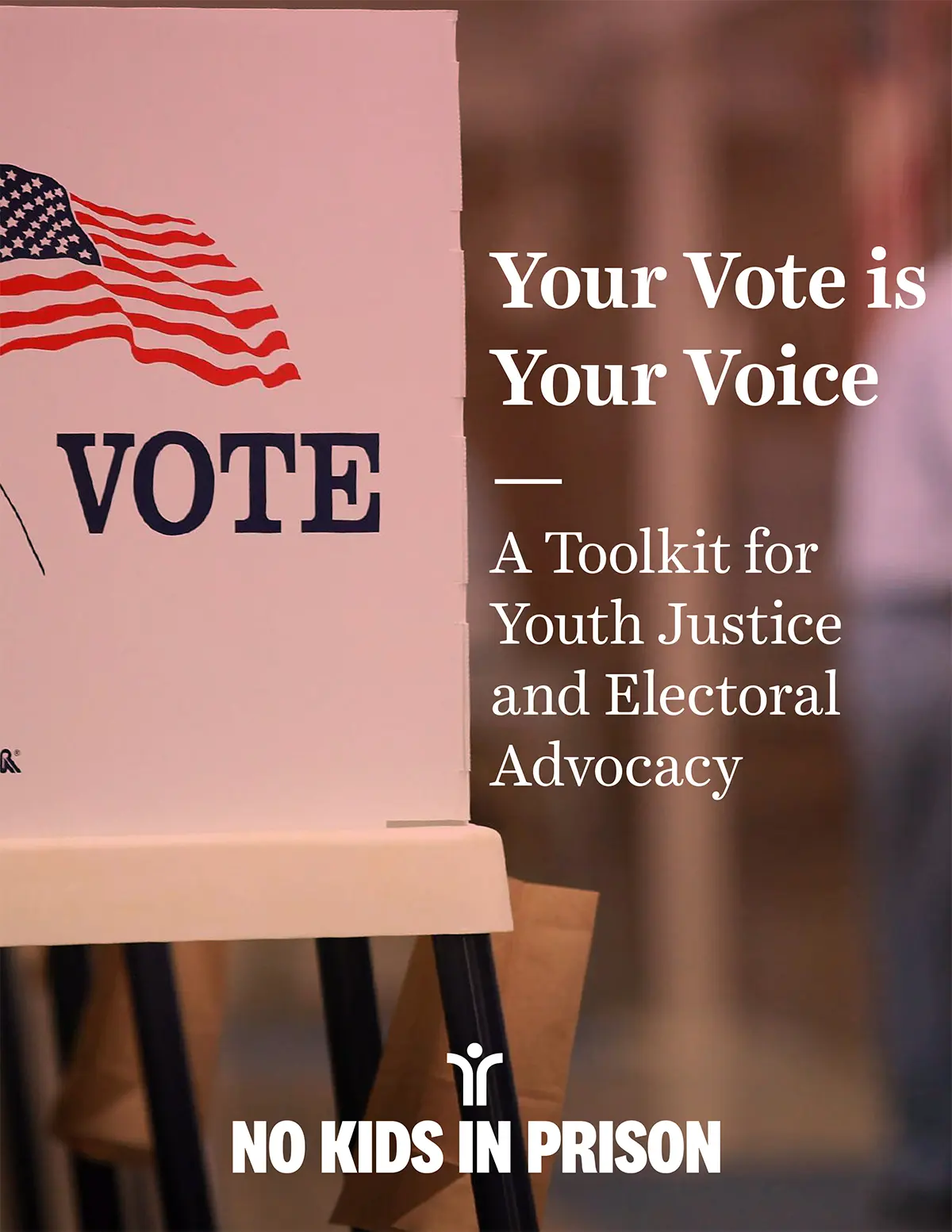On any given day, nearly 50,000 youth are languishing in youth prisons and other out-of-home confinement in the United States. It isn’t safe, it isn’t fair, and it doesn’t work. Yet, states continue to spend an average of $150,000 per year to confine a youth and still devote the vast majority of their juvenile justice spending to youth prisons, spending more than $5 billion per year.
The Youth First Initiative seeks to end youth incarceration by closing youth prisons, dismantling the youth prison model, and investing in community-based alternatives to incarceration. We believe that youth deserve a second chance and that the resources currently spent to incarcerate youth should be devoted to creating opportunities for rehabilitation and not for incarceration.
In launching a campaign, you will be joined by many other people throughout the country in taking action to change state policies that incarcerate youth and to provide opportunities for rehabilitation. This guide is designed to serve as a companion piece to Youth First’s Breaking Down the Walls report highlighting campaigns in six states.
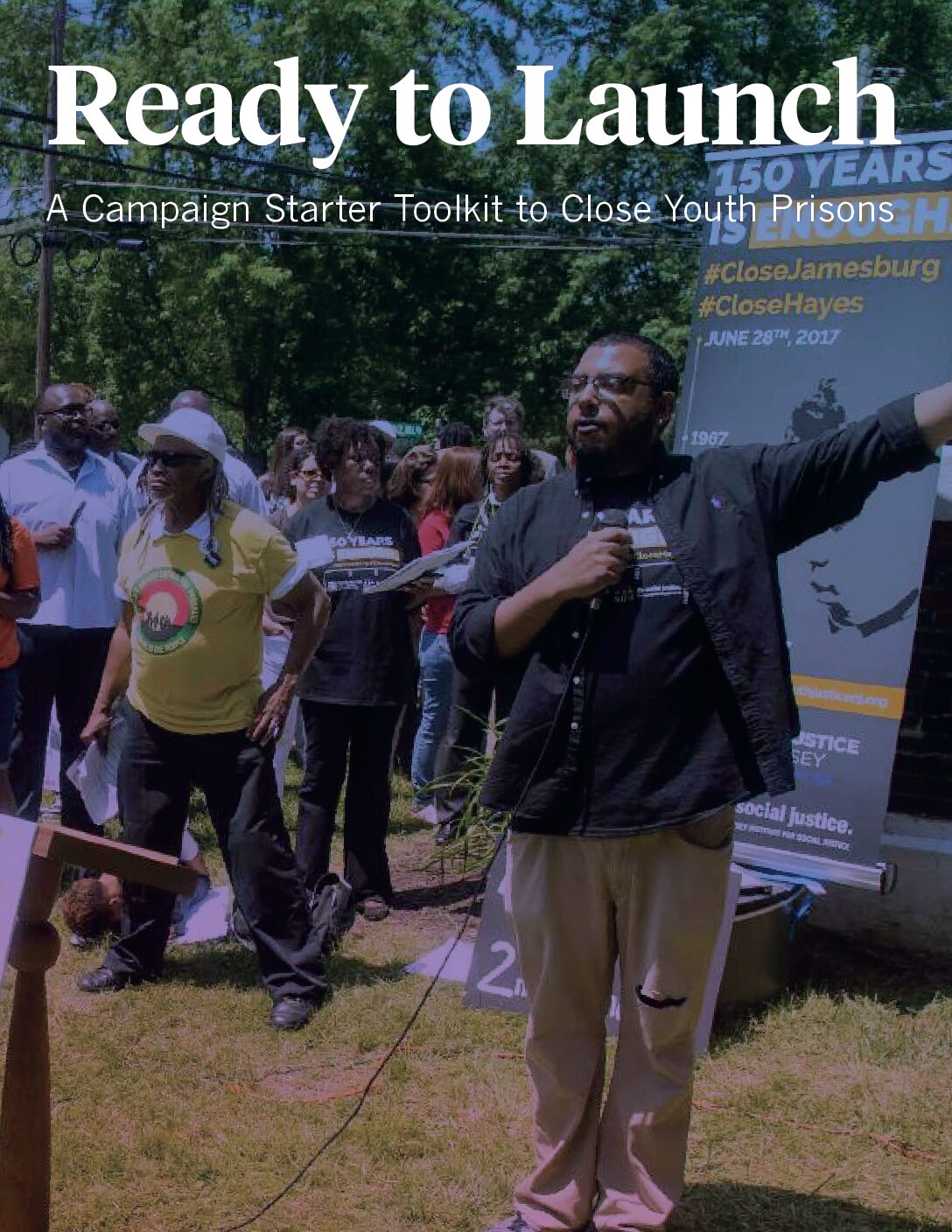
This guide contains
- Key ingredients in a successful campaign
- What you need to know before you get started
- Tips on getting started and engaging people
- How to launch your campaign
- Examples and resources for strategies, activities, and tactics
How to Use this Toolkit
Across the country, states have successfully reduced their use of incarceration and closed youth prisons, replacing them with rehabilitative models and community-based alternatives. Although justice system agencies, legislators, and other system stakeholders enacted these reforms, several youth prison closures only came about because community members recognized that the current system did not work, and they demanded change. Mothers who had lost children to youth prisons marched in protest, young people bravely shared their experiences of abuse while incarcerated, and community members told their elected officials that they wanted their tax dollars to be used in ways that would actually benefit their communities.
Ready to Launch will guide you through planning and launching a campaign to end youth incarceration in your own state. Launching a successful campaign will require you to collect and use information, develop and carry out strategies, and—most importantly—mobilize your community to action. You will need to build a broad and strong coalition—including recruiting individuals and groups who have the knowledge and influence you need, and working together to build even more power. Because this guide is meant to create wholesale transformation of the justice system, and ultimately to close youth prisons, it is not an “insider” strategy. While you should and will have moments of collaboration and consensus with system stakeholders, you and your team also must be prepared to take on the justice system when there is disagreement and to build strong public support on an issue many community members have never thought critically about before.
This guide includes strategies and tools from past campaigns, along with resources to learn even more. It is organized into steps to help you understand what you need to do, when, and why. You should read through the entire toolkit before getting started. This will ensure that you know what to expect, and it will help you decide whether you need a campaign and how to approach launching one.
Launching and carrying out a campaign to close youth prisons will require many hours of hard work. For every big win there may be several setbacks. But your hard work will be reflected in the positive change this campaign will bring to your community and to the lives of young people who might otherwise lose their future to a youth prison.
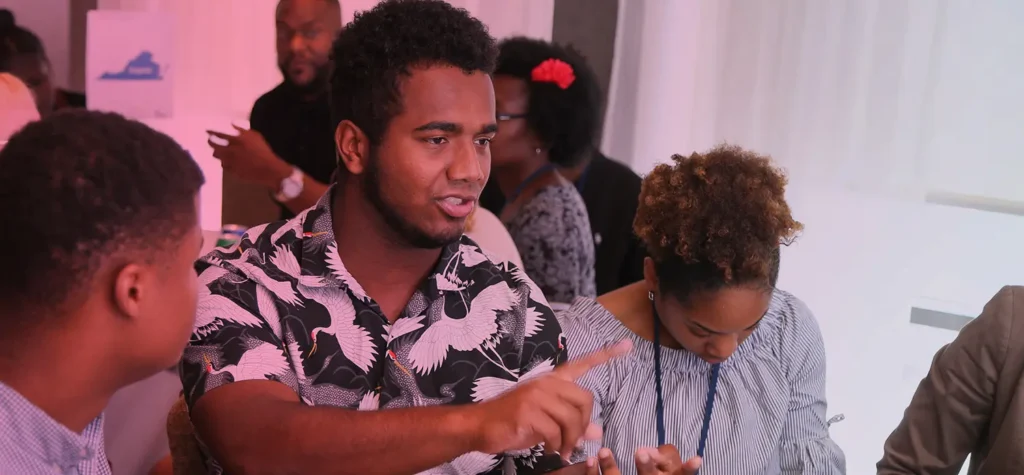
Do Your Research: Asking Key Questions
Before beginning your campaign, you will want to gather information about your state’s youth prisons, and the individuals and groups who could help (or hurt) your efforts to close them. You will want to collect information about youth incarcerated in your state, as well as information about specific prison facilities. In addition to online resources and state or national organizations, the most important sources of information are the impacted youth and families in your community, as well as advocates and stakeholders who may already be working to address these or similar issues. Learn more about what information to gather and how to find it in Step 1.
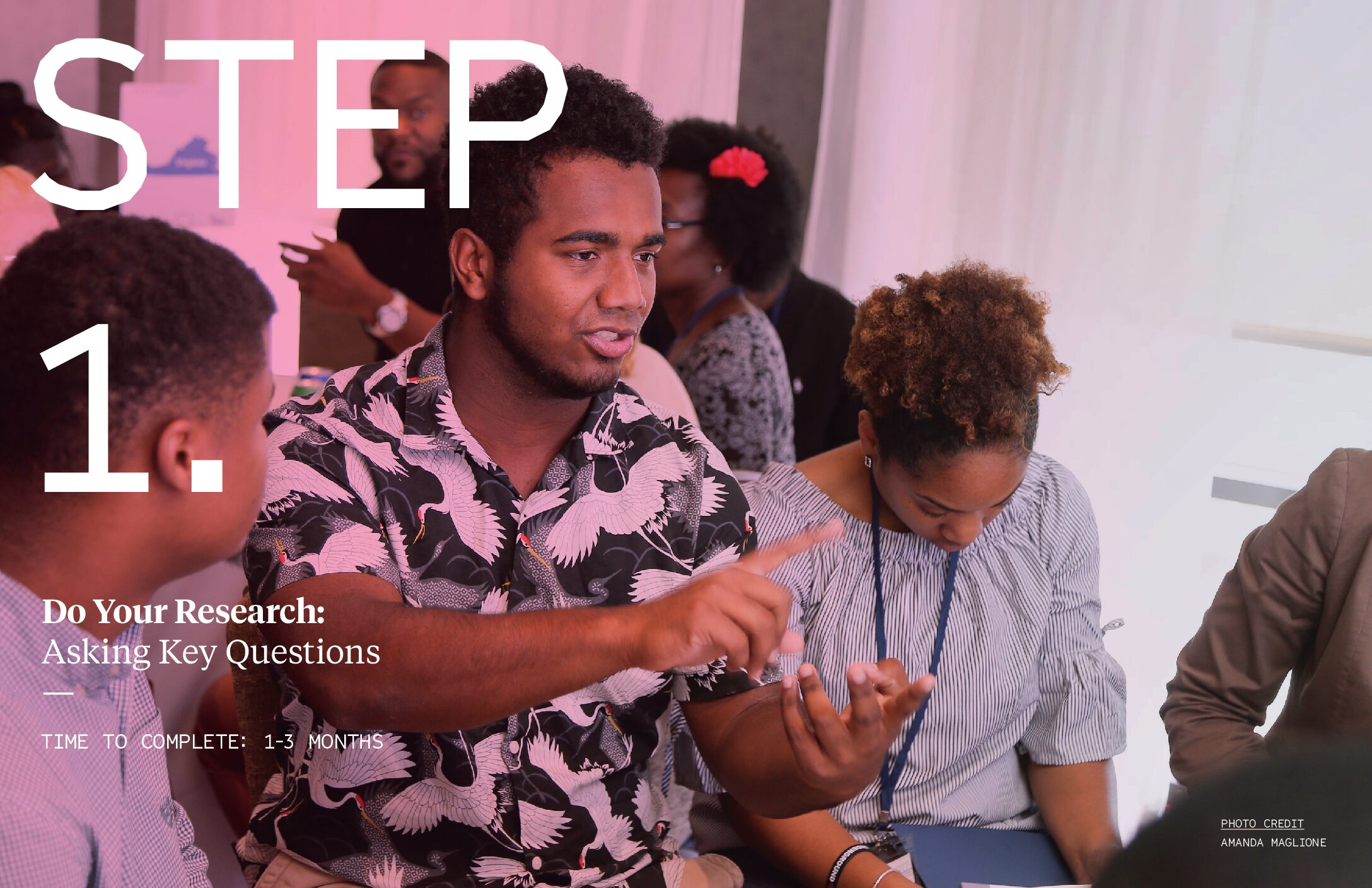
Tools & Templates
- Youth Prison Information Checklist (Youth First Initiative) (in Starter Kit)
- Stakeholder Information Gathering Worksheet (Youth First Initiative) (in Starter Kit)
- Easy Access to the Census of Youth in Residential Placement (OJJDP)
- Key Online Tools and How They Might be Used in a State-based Policy Report (Justice Policy Institute)
- Available Data from Centralized, Federal Sources (Justice Policy Institute)
Reports & Resources
- Recommended Reading (Youth First Initiative) – Reading list of helpful background material on Youth Incarceration
Examples from the Field
- Investing in Kids Not Prisons (150 Years is Enough Campaign)
- Five Years of SB 367 (Progeny)
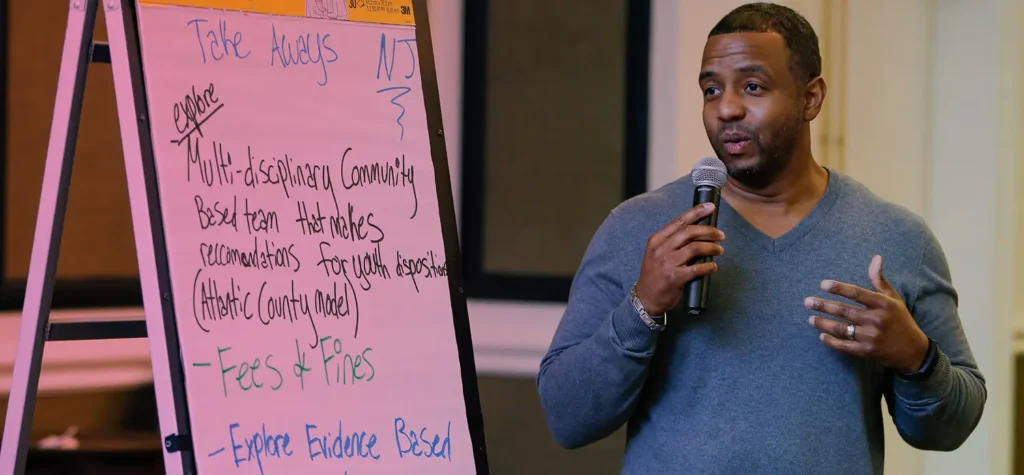
Get Started: Making Initial Governance Decisions
Once you have decided to launch a campaign, you will need to create a core team and set up a governance structure for your campaign. One or more planning meetings, including with key partners such as directly impacted youth and families, can help you determine next steps. You will also need to decide on an organizational governance structure. Your campaign will need to receive money and other resources, as well as potentially pay employees and vendors, sign contracts, and take care of other business matters. Learn more about how to accomplish these tasks in Step 2.
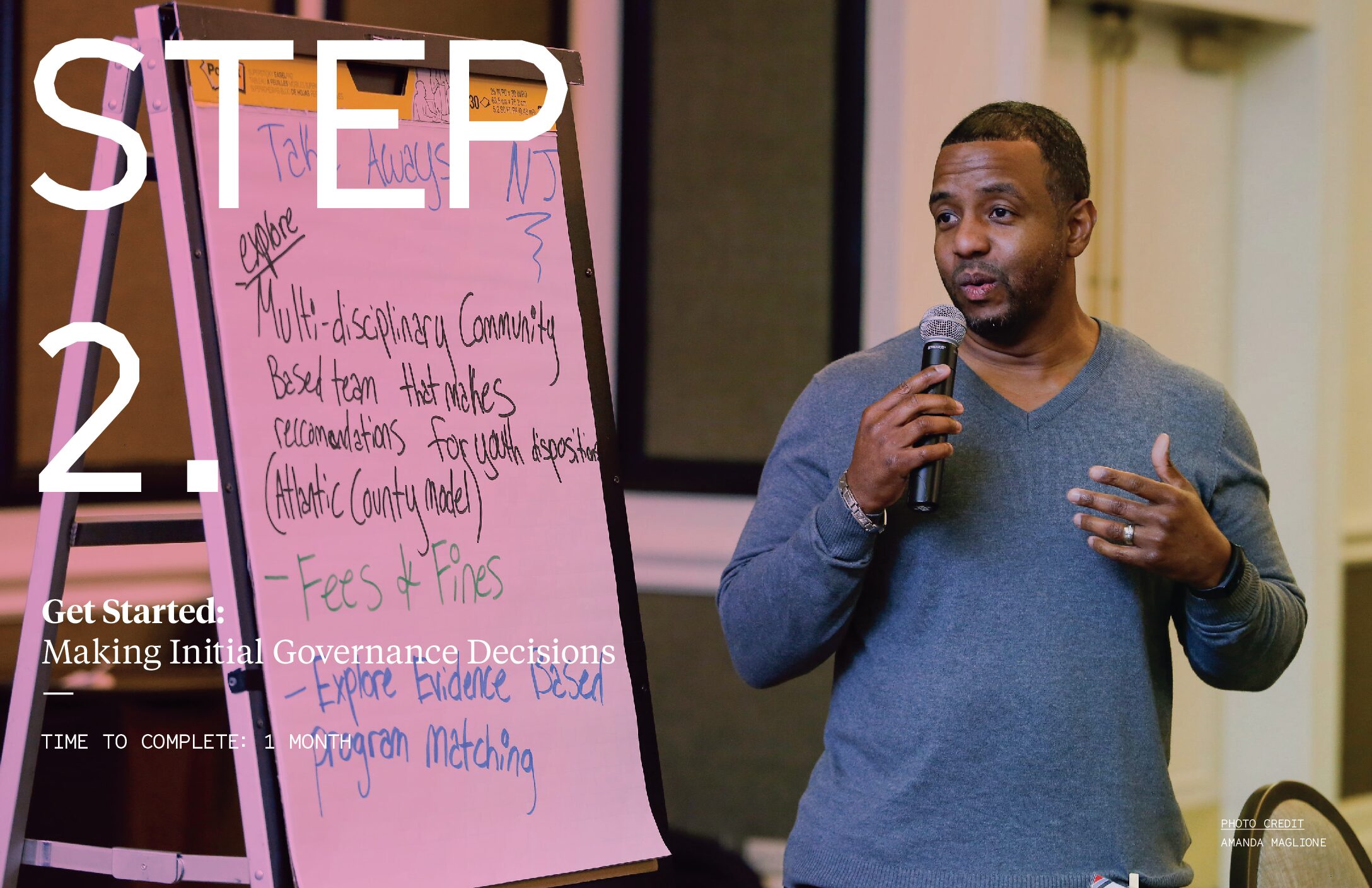
Tools & Templates
- Campaign Checklist (Youth First Initiative)
- Campaign Coalition Membership Checklist (Youth First Initiative)
- Campaign Steering Committee Checklist (Youth First Initiative)
- Tips for Managing Your Campaign Steering Committee (Youth First Initiative)
- Making Your Campaign LGBTQ Inclusive (Youth First Initiative)
Examples from the Field
- Sample Group Operation Guidelines (Families and Friends of Louisiana’s Incarcerated Children – FFLIC) (in Starter Kit)
- Maine Youth Justice Campaign Structure Chart (Maine Youth Justice)
- Maine Youth Justice Cohort Presentation [recording] (Workshop Session)
- Maine Youth Justice Cohort Presentation (Workshop Session Slides)
View full materials from the Campaign Planning Cohort Sessions here.
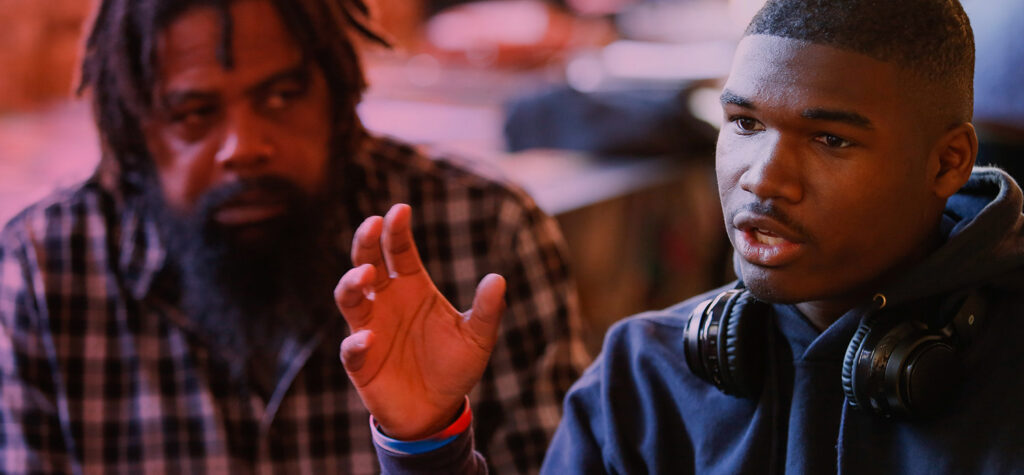
What Do You Want to Achieve?: Deciding How to Tackle the Issue and Developing a Theory of Change
One of the most important early steps in planning your campaign is answering the question “What do we want to achieve?” Answering this question—and conducting an analysis to determine the best approach—helps you set your mission and objectives, and it determines your overall theory of change for achieving them. Learn about the different approaches or pathways to decarceration that campaigns can use (alone or in combination) in Step 3.
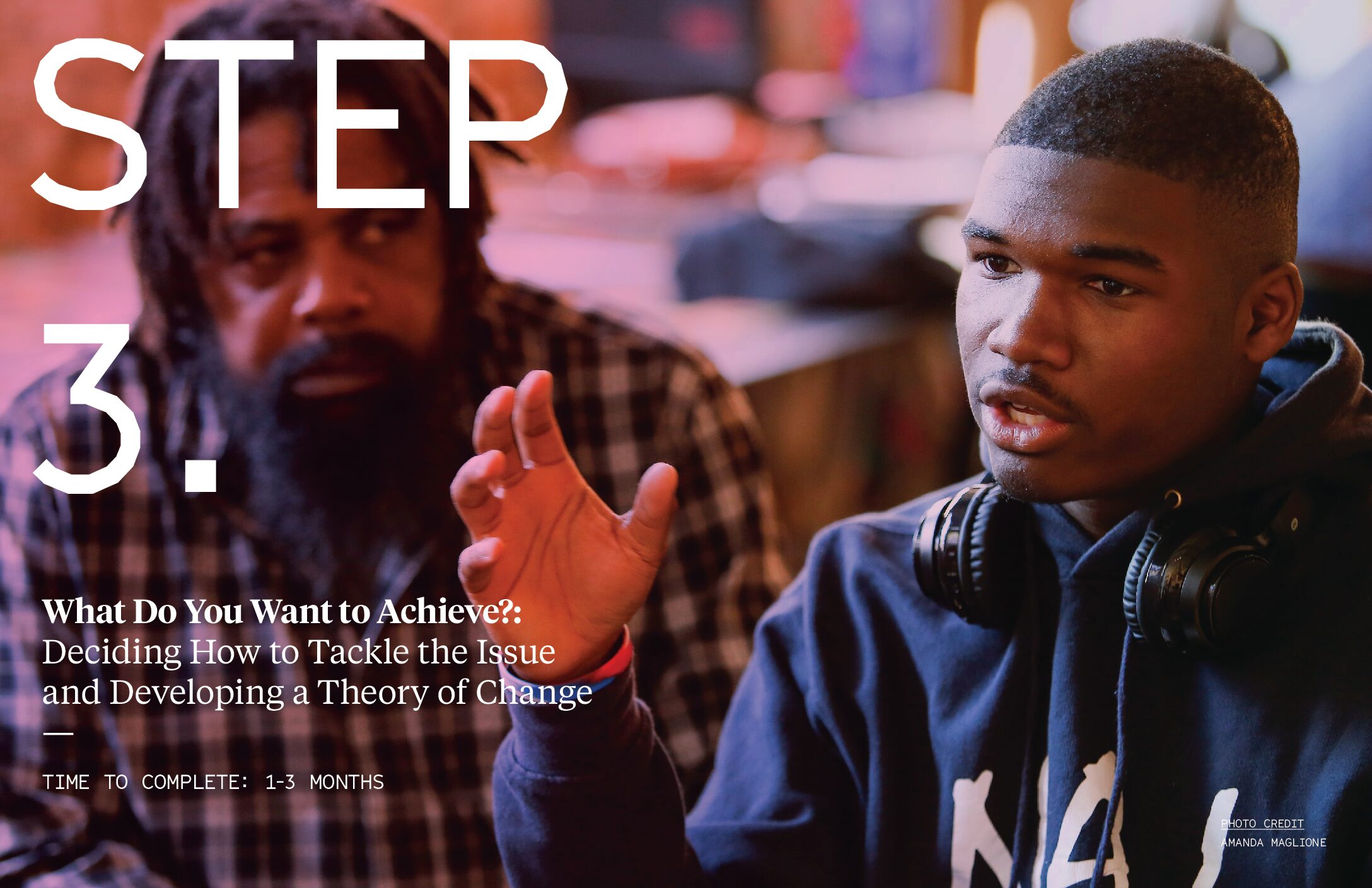
Reports & Resources
- Reading List: Profiles of Current and Past Campaigns to Close Youth Prisons (Youth First Initiative)
Examples from the Field
- Examples of Campaign Principles
- Cohort Session Developing Your Campaign Principles [recording] (No More Prisons Campaign, Louisiana)
- Cohort Presentation Developing Campaign Principles and Core Values [Slideshow]*
- Cohort Presentation, Campaign Goals and Demands [recording] (Care, Not Control Campaign, Pennsylvania)
- Our Demands (Care, Not Control Campaign, Pennsylvania)
View full materials from the Campaign Planning Cohort Sessions here.
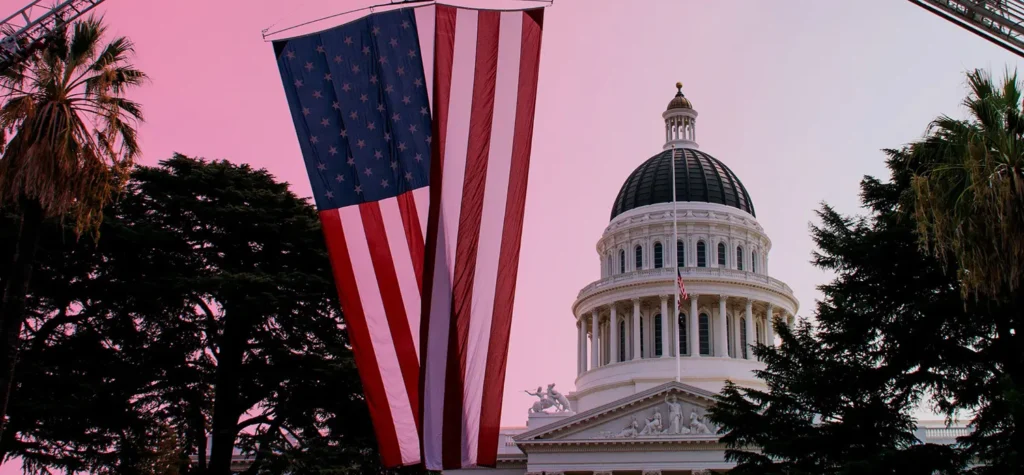
Identify Targets: Determining Who Has the Power to Give You What You Want
Once you’ve established what approach you will take and have set goals you want to achieve, you will want to identify targets for your campaign. You can do this by determining who has the power to help you succeed. Learn more about common campaign targets and the types of influence they hold in Step 4.
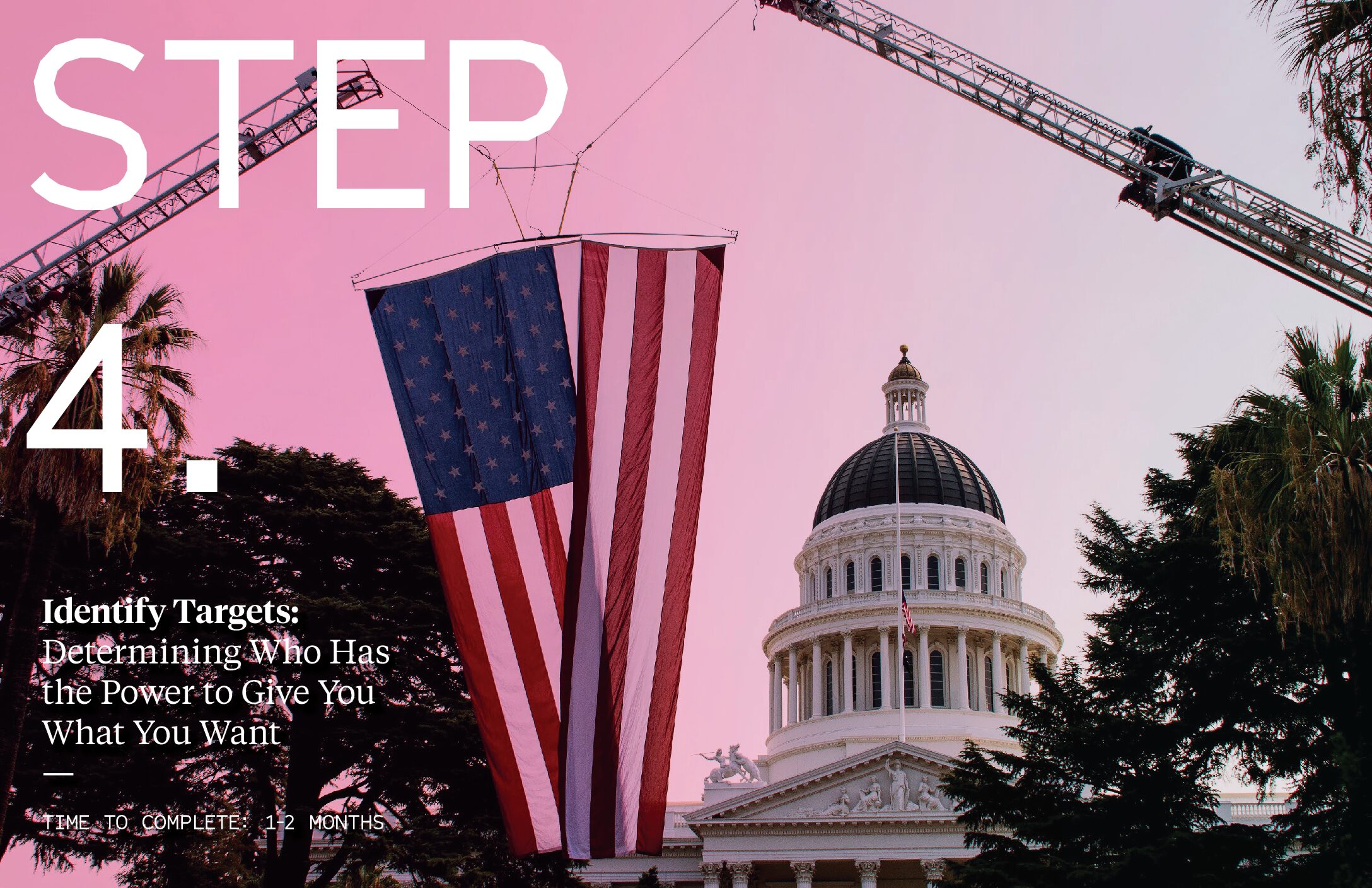
Tools & Templates
- Campaign Plan Template (Youth First Initiative) – Use this chart as a guide to develop your strategy.
Reports & Resources
- 2018 Legislative Options for Youth Decarceration Reforms (Youth First Initiative)
- 2017 Legislative Advocacy Guide (Campaign for Youth Justice) – Tools, tips and sample materials for engaging in successful legislative advocacy.
- Your Vote is Your Voice: A Toolkit for Youth Justice and Electoral Advocacy (Youth First Initiative) – Toolkit to help you engage in the political process and to make sure those seeking political power in your state understand youth justice issues.
- Examples of Legislative and Policy Options for Prison Closure
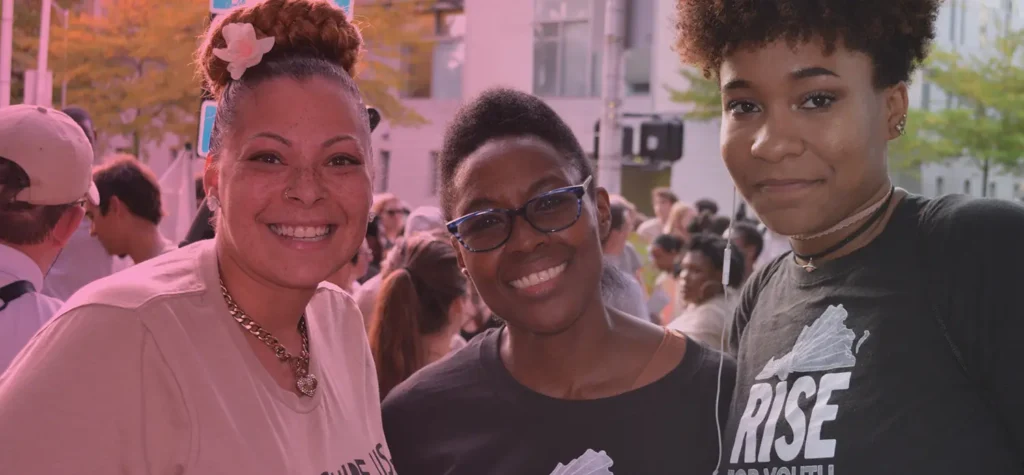
What Will it Take to Win?: Developing Concrete Plans
Once you’ve decided how you will tackle the issue and have identified the targets who can help you succeed, you will need to develop specific plans for your campaign. This planning will be guided by one big question: What will it take to win? Or, put more concretely, what are the interim steps that need to happen to achieve your goals? All of the steps you have taken so far will help you answer these questions and develop your campaign strategy and campaign plan. Learn how to organize the information you’ve collected so far (goals, targets, approaches, etc.) into a strategy chart, and then create your campaign plan in Step 5.
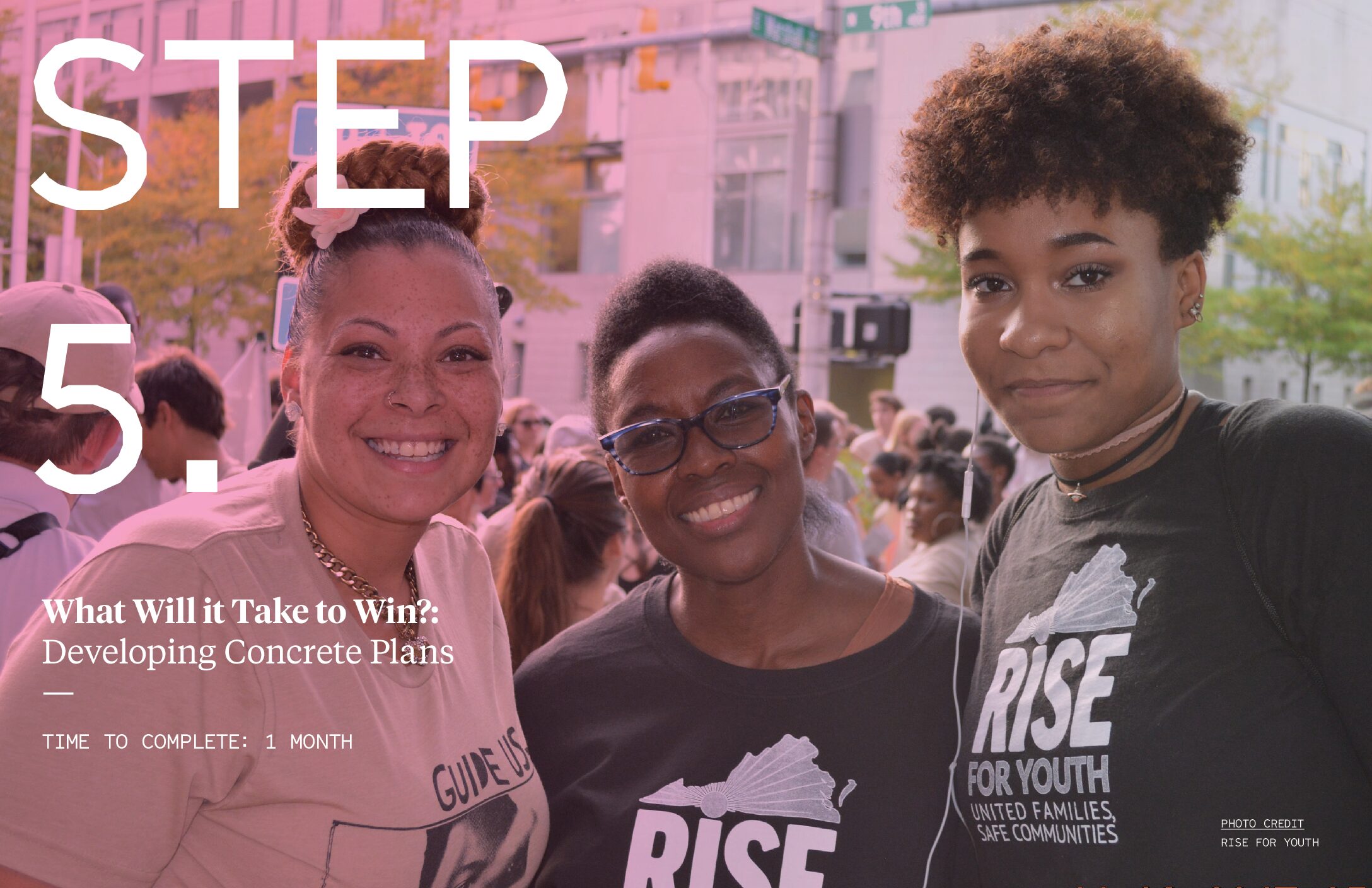
Tools & Templates
- Campaign Plan Template (Youth First Initiative) – Use this chart as a guide to develop your strategy
Reports & Resources
- Highlander Research and Education Center – Formerly known as the Highlander Folk School, the Center is a social justice leadership training school and cultural center.
- School of Unity and Liberation (SOUL) – SOUL helps to build the capacity of organizers and leaders of grassroots organizations to win systemic change.
- Midwest Academy
- Planning to Win: The Just Enough Guide for Campaigners (Spitfire Strategies)
- Building Your Power (Wellstone)
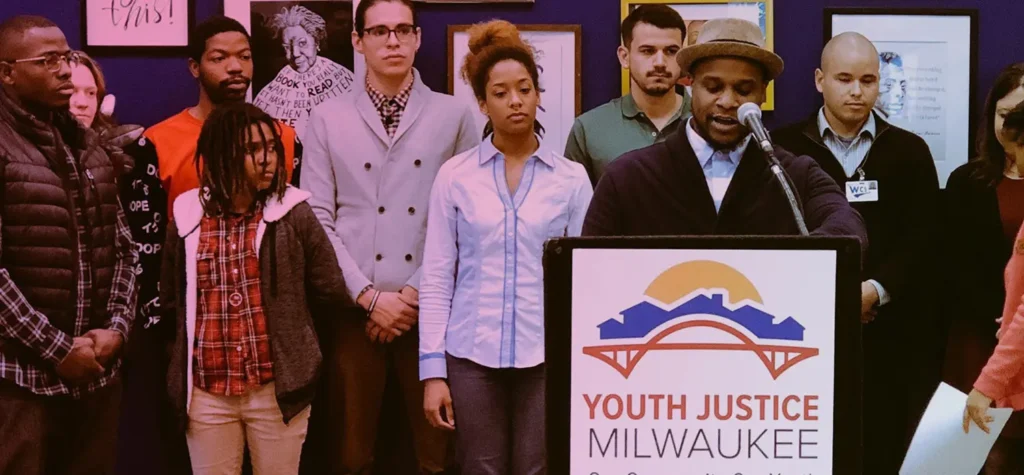
Who Will Be Involved and What Will They Do?: Creating an Organizing Plan
Once you have figured out what it will take to win, you can answer the question “Who will be involved?” This will include completing a power mapping exercise and creating an organizing plan to identify the allies and constituencies you need to mobilize, and how you will do so. Learn more about power mapping and developing your organizing plan, including addressing opposition, in Step 6.
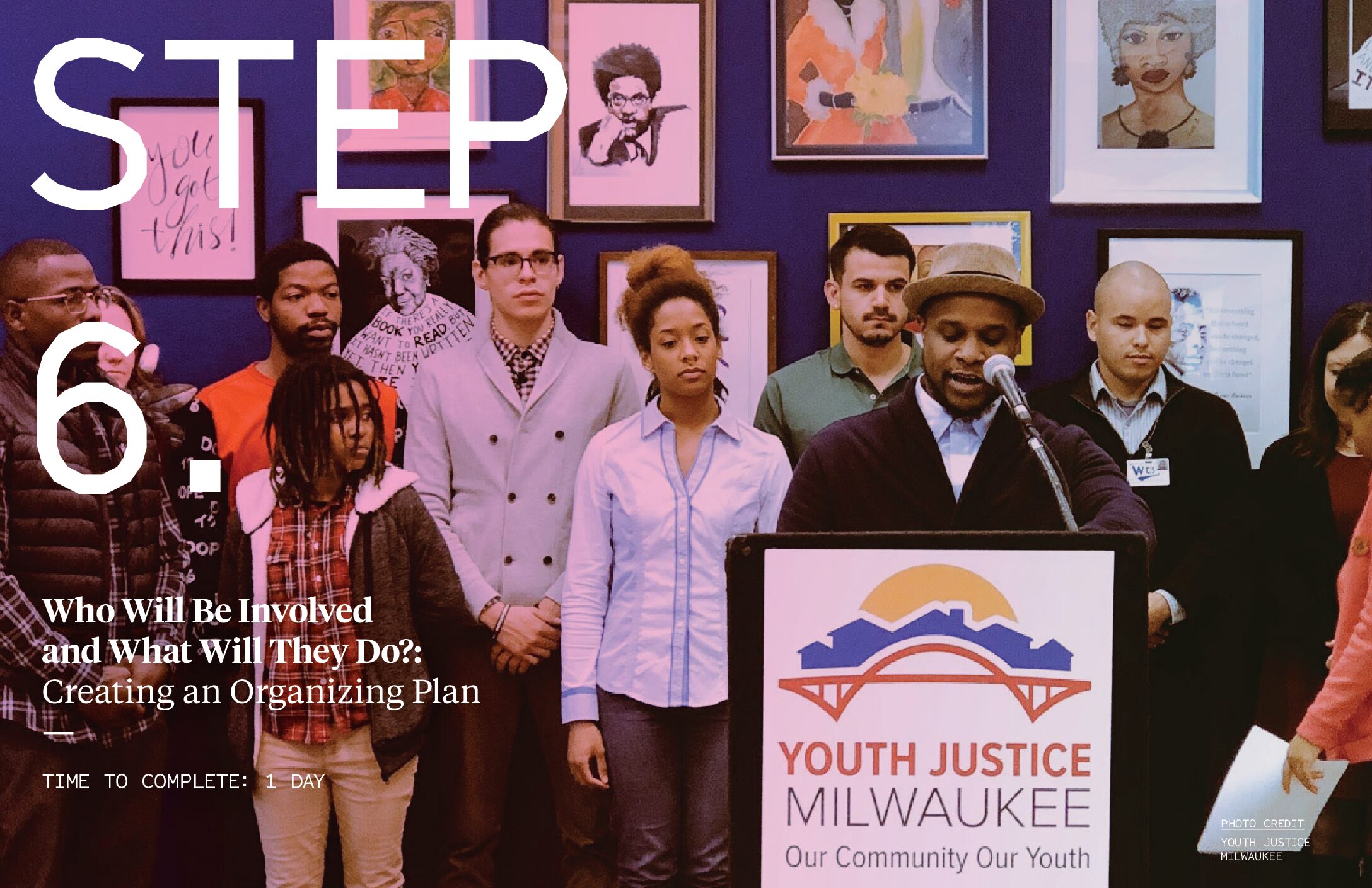
Tools & Templates
- Youth Visioning Sessions (Youth First Initiative)
- Training and Professional Development Resources(Youth First Initiative)
- Campaign Plan Template (Youth First Initiative) – Use this chart as a guide to develop your strategy.
- Midwest Academy Organizing for Justice Trainings (Midwest Academy)
Reports & Resources
- Performing Statistics No Kids in Prison Resources (Performing Statistics)
- Study Guide and Curriculum on the Movement to Shut Down San Francisco’s Juvenile Hall by 2021 (Young Women’s Freedom Center)
Examples from the Field
- Youth Justice New Jersey Youth Leadership Curriculum (Youth First Initiative/Youth Justice New Jersey) – Step-by-step curriculum for working in partnership with young people interested in getting involved in a campaign.
- A New Vision for Youth Justice: Insights from Hampton Roads Communities (RISE for Youth) — Report on visioning session held with youth and other community members in the Hampton Roads area about what young people need to avoid system involvement and lead successful lives.
- Virginia’s Young People Advise Commonwealth to Invest in Families and Communities, Not Youth Prisons (RISE for Youth) – Report on visioning session held with youth and impacted communities to learn from them what works and what doesn’t.
- Safer Communities, Stronger Families: Creating a Community-based Continuum of Services and Supports for Milwaukee’s Adjudicated Youth (Youth Justice Milwaukee)
- YJM Milwaukee Area Elected Officials Roundtable: Recommendations (Youth Justice Milwaukee)
- Ending the Criminalization of Youth: One Investment at a Time (Connecticut Justice Alliance)
- Looking Outside the Box: Insights from Youth on How to Best Invest in Kansas (Progeny)
- Invest in ME Connecticut Cohort Presentation, Youth Visioning Sessions [Slideshow] (Connecticut Justice Alliance)
- Invest in ME Connecticut Cohort Presentation, Youth Visioning Sessions [Recording] (Connecticut Justice Alliance)
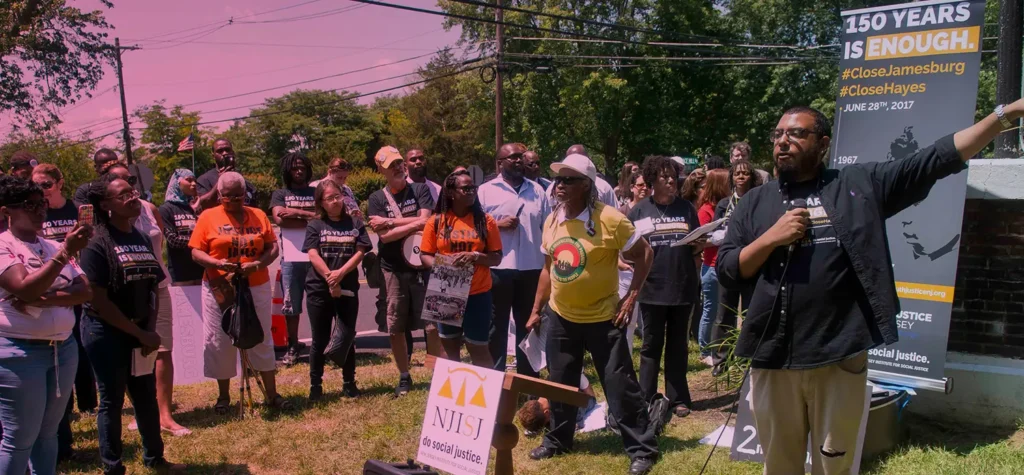
Choosing Strategies: Developing a Multi-Faceted Campaign
Once you have chosen one or more approaches to use in your campaign and your goals, you can focus more on using effective strategies to achieve your campaign goals, choose specific actions to take, and updating/revising your campaign plan accordingly. Read more about executive, legislative, budget, direct action, and litigation strategies in Step 7.
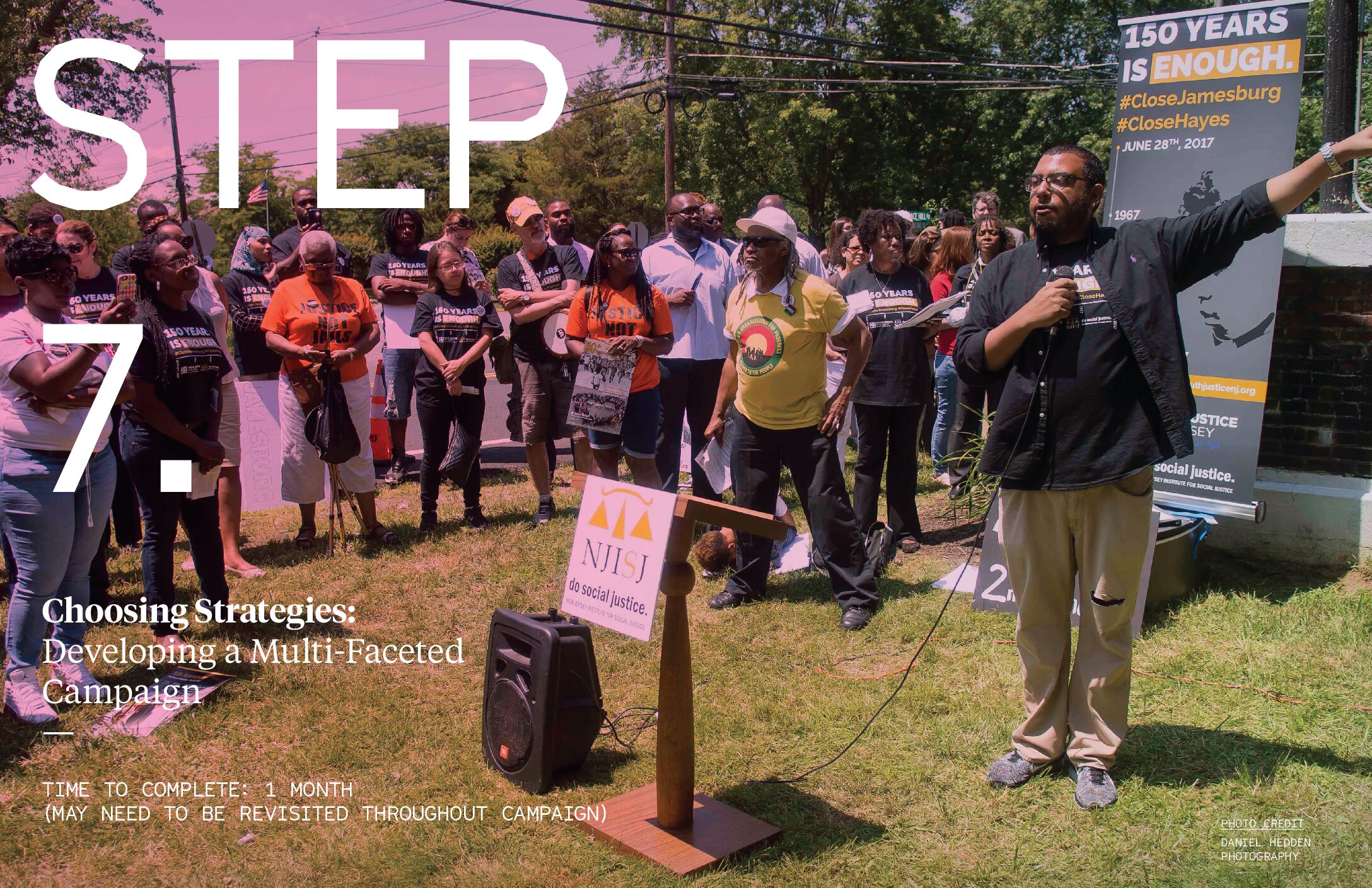
Tools & Templates
- Preparing for Your Legislative Session (Youth First Initiative): Sample timeline with three key activities each month to help you advance your legislative recommendations.
Reports & Resources
- Racial Justice at the Core: Profiles of the Virginia & New Jersey campaigns to abolish youth prisons through a racial justice lens (Youth First Initiative) – Report highlighting the strategies undertaken by the VA and NJ campaigns to place racial inequality at the center of their efforts to end youth incarceration.
- 2018 Legislative Options for Youth Decarceration Reforms (Youth First Initiative)
- 2017 Legislative Advocacy Guide (Campaign for Youth Justice) – Tools, tips and sample materials for engaging in successful legislative advocacy.
- Your Vote is Your Voice: A Toolkit for Youth Justice and Electoral Advocacy (Youth First Initiative) – Toolkit to help you engage in the political process and to make sure those seeking political power in your state understand youth justice issues.
- Examples of Legislative and Policy Options for Prison Closure
Examples from the Field
- Sample Legislative Testimony (Liz Ryan, Youth First Initiative)
- Reading List: Profiles of Current and Past Campaigns to Close Youth Prisons (Youth First Initiative)
- New Jersey Youth Justice Transformation Act
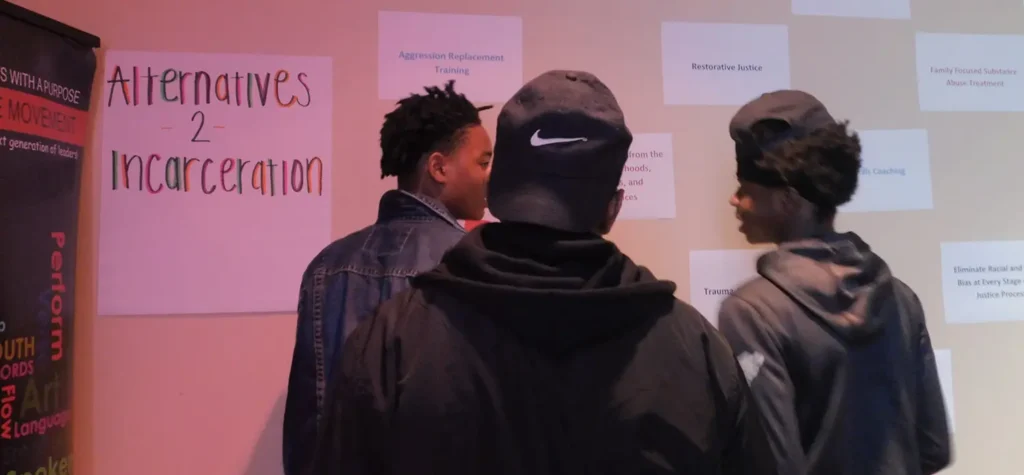
Getting the Support You Need: Dedicating Resources to Your Campaign
Successful campaigns to close youth prisons require passion and persistence, but they also require day-to-day resources, ranging from space to hold meetings to funding for dedicated campaign staff salaries. Your campaign will need to fundraise for some things and rely on volunteered time and donated goods and services (e.g., in-kind donations) for others. Learn what you will need and how to get it in Step 8.
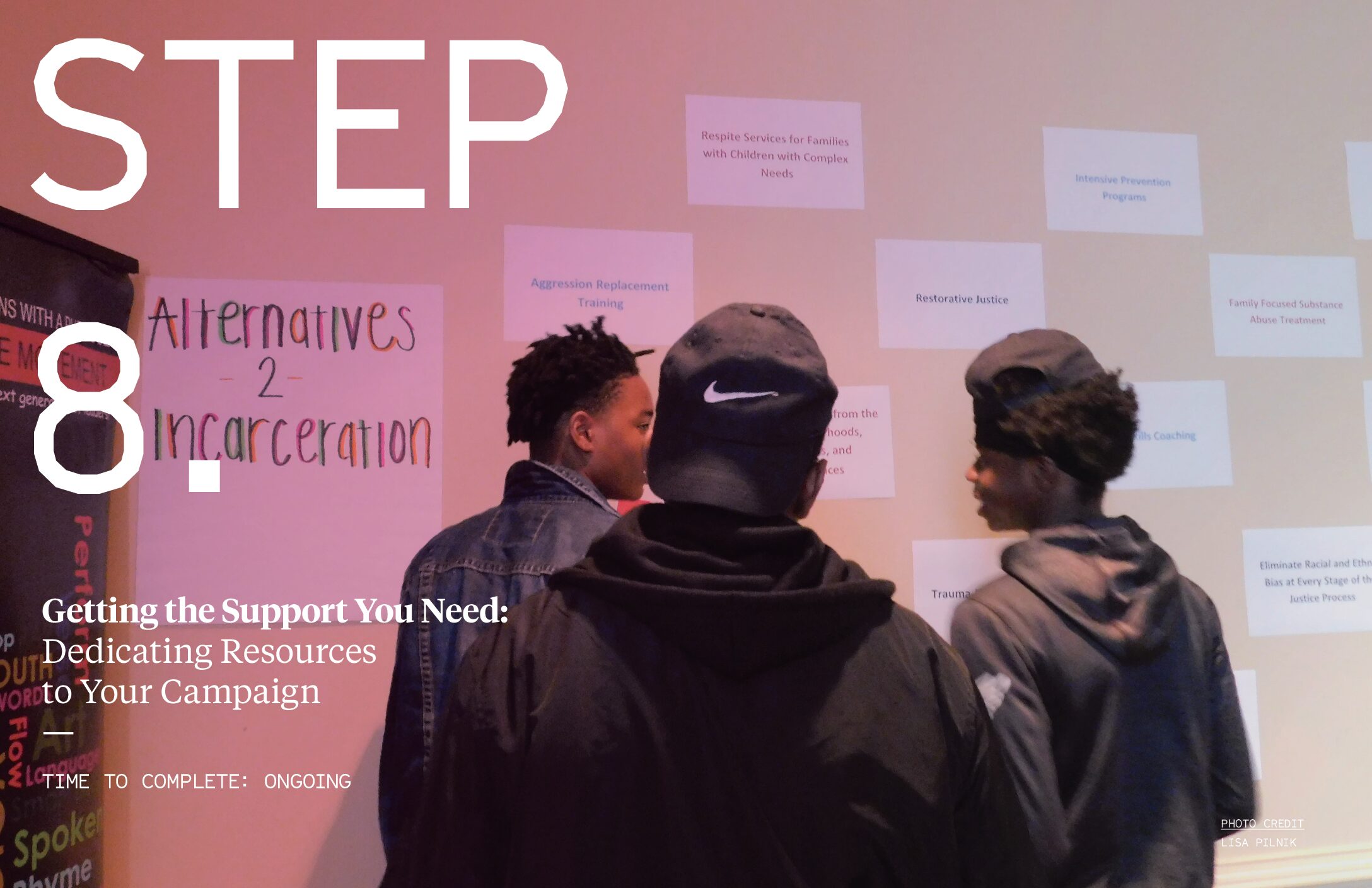
Tools & Templates
- FUNdraising for Youth Justice Awareness Month: A Step-by-Step Guide to Fundraising for Your Event (Campaign for Youth Justice)
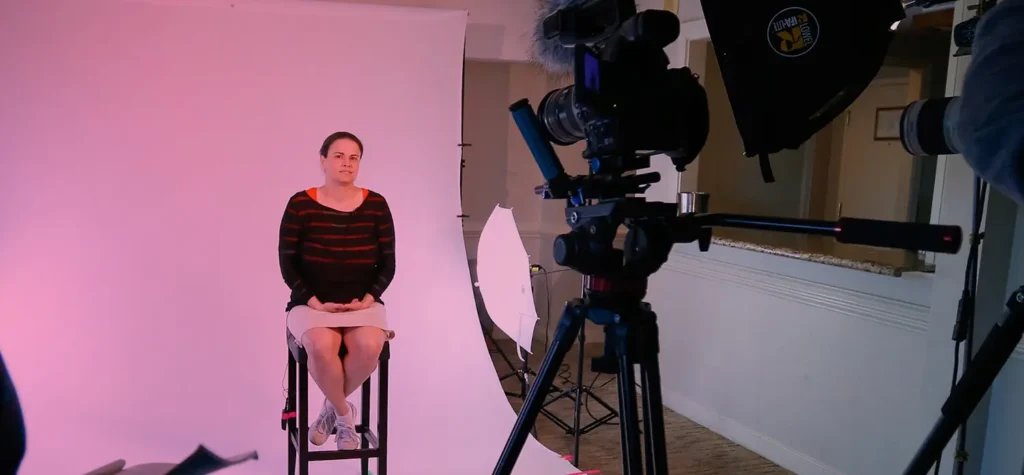
Messaging and Communications: Harnessing the Power of Public Opinion and Media
Before publicly announcing your campaign, your core leaders and supporters will want to develop your key campaign messages, as well as your campaign name, tagline, and logo. You’ll also need to develop strategies to get media attention and communicate effectively with those inside and outside your networks. Learn how to do this, and see campaign examples, in Step 9.
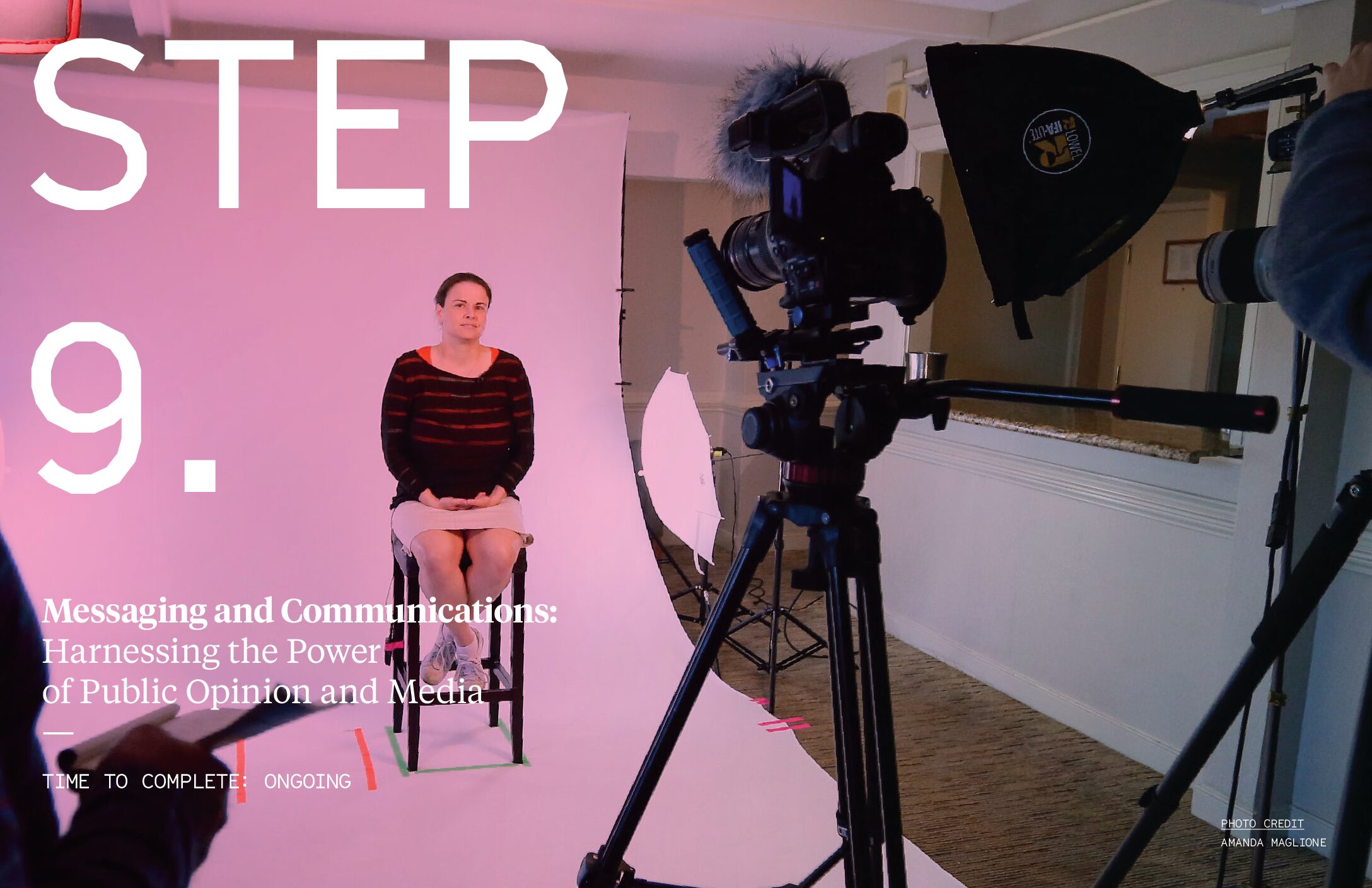
Tools & Templates
- Media Workbook (Youth First Initiative)
- Sample Media Advisory (Youth First Initiative)
- Sample Campaign Launch Press Release (Youth First Initiative)
- Sample Campaign Outreach / Endorsement Letter (Youth First Initiative)
- Sample Post-Campaign Launch Action Alert (Youth First Initiative)
Reports & Resources
- National Polling on Youth Incarceration (Youth First Initiative)
- Media Communications and Advocacy (Youth First Initiative): Tips on how to engage the media to help advance the goals of your campaign.
- The OpEd Project: Working with universities, think tanks, foundations, nonprofits, corporations and community organizations across the nation, the OpEd Project scouts and trains under-represented experts (especially women) to take thought leadership positions in their fields.
- Why We Need to End Youth Incarceration (Youth First Initiative) – Talking points to help you make your case.
- Racial Justice at the Core: Profiles of the Virginia & New Jersey campaigns to abolish youth prisons through a racial justice lens (Youth First Initiative) – Report highlighting the strategies undertaken by the VA and NJ campaigns to place racial inequality at the center of their efforts to end youth incarceration.
- Sharing Your Personal Story: A Guide for Youth and Families on How To Share Their Experience With The Juvenile and Criminal Justice Systems (Campaign for Youth Justice)
- A Picture is Worth 1,000 Words: Add Visuals to Boost Engagement (Spitfire Strategies)
Examples from the Field
- Advocates Officially Launch Youth Justice Milwaukee, a Campaign to Close Lincoln Hills and Copper Lake Youth Prisons (Youth Justice Milwaukee) (in Starter Kit)
- Bring Our Children Home: Ain’t I A Child (The New Jersey Institute for Social Justice): Report on youth incarceration in New Jersey
- What Stakeholders Can Do to Transform Virginia’s Juvenile Justice System (RISE for Youth): Report on how Virginia can move away from secure confinement and invest in community-based alternatives to incarceration.
- BerlinRosen Media and Communications Cohort Presentation [Recording]
- Balestra Media Branding and Web Presence Cohort Presentation [Recording]
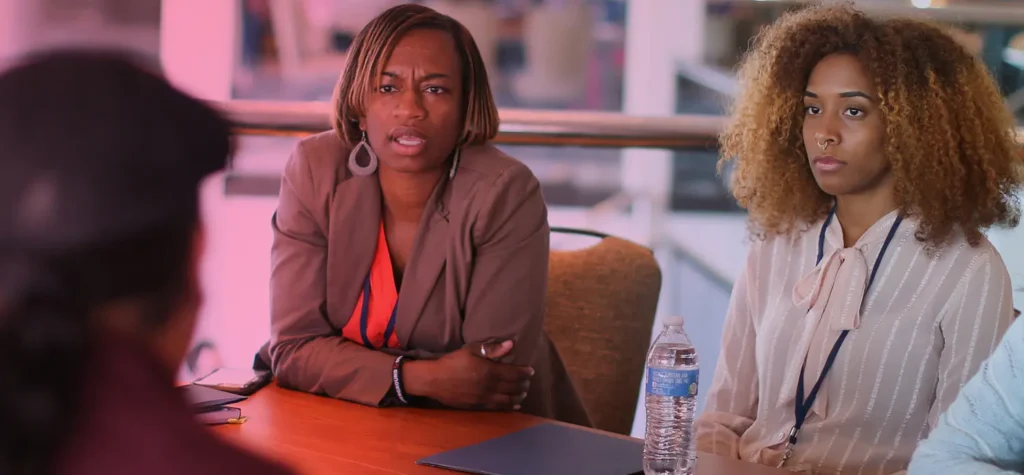
Securing the Nuts and Bolts: Ensuring You Have the Necessary Staff and Infrastructure
Having a base of operations, full-time paid staff, and other “infrastructure” will allow you to take your campaign to the next level and achieve your goals. Even if you are not able to hire paid staff and rent or purchase infrastructure for your campaign prior to launch, due to resource limitations, these components should still be part of your planning process and something you are working towards. Learn about how to build the infrastructure your campaign needs to succeed in Step 10.
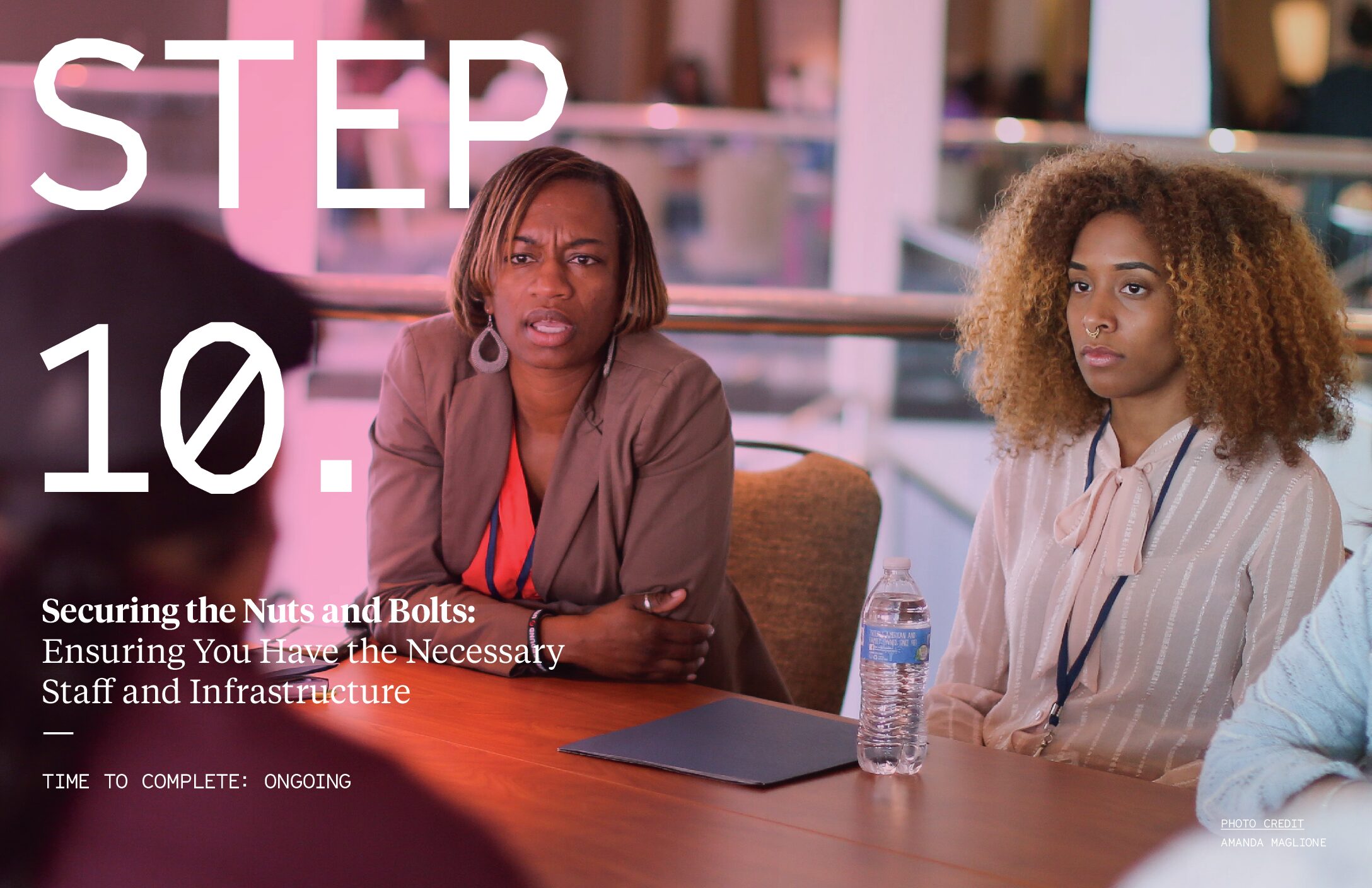
Tools & Templates
- Campaign Checklist (Youth First Initiative)
- Checklist: Campaign Coalition Membership (Youth First Initiative)
- Sample Job Description: Campaign Director (Youth First Initiative)
- Sample Job Description: Field Organizer (Youth First Initiative)
- Sample Letter for Campaign Volunteers(Youth First Initiative)
- Resources for Posting Campaign Positions (Youth First Initiative)
- Toolkit for the National Week of Action Against Incarcerating Youth(Youth First Initiative)
Reports & Resources
- Celebrating Wins/Recovering From Losses (Youth First Initiative)
- FAMILY Comes First (Campaign for Youth Justice) Report on family engagement and family partnership practices in juvenile justice systems across the country.
Examples from the Field
- Youth Justice New Jersey Youth Leadership Curriculum (Youth Justice New Jersey) – Step-by-step curriculum for working in partnership with young people interested in getting involved in a campaign.
- RISE for Youth Campaign (Virginia) Cohort Presentation, Staffing Your Campaign [Slideshow]
- RISE for Youth Campaign (Virginia) Cohort Presentation, Staffing Your Campaign [Recording]
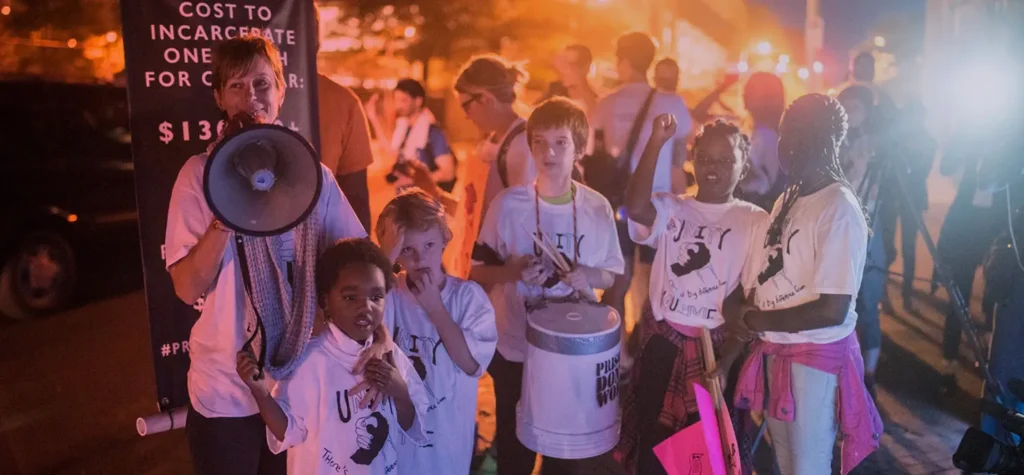
Letting the World Know: Planning and Executing Your Campaign Launch
Once you have completed the other steps outlined in the Toolkit and your campaign is ready to go, you will want a highly visible launch. A successful launch will demonstrate strong support and put pressure on your targets. The launch will allow you to raise awareness and generate additional support for your campaign. Learn how to plan for your launch, including advice on when and where to launch, as well as who should be involved, in Step 11.
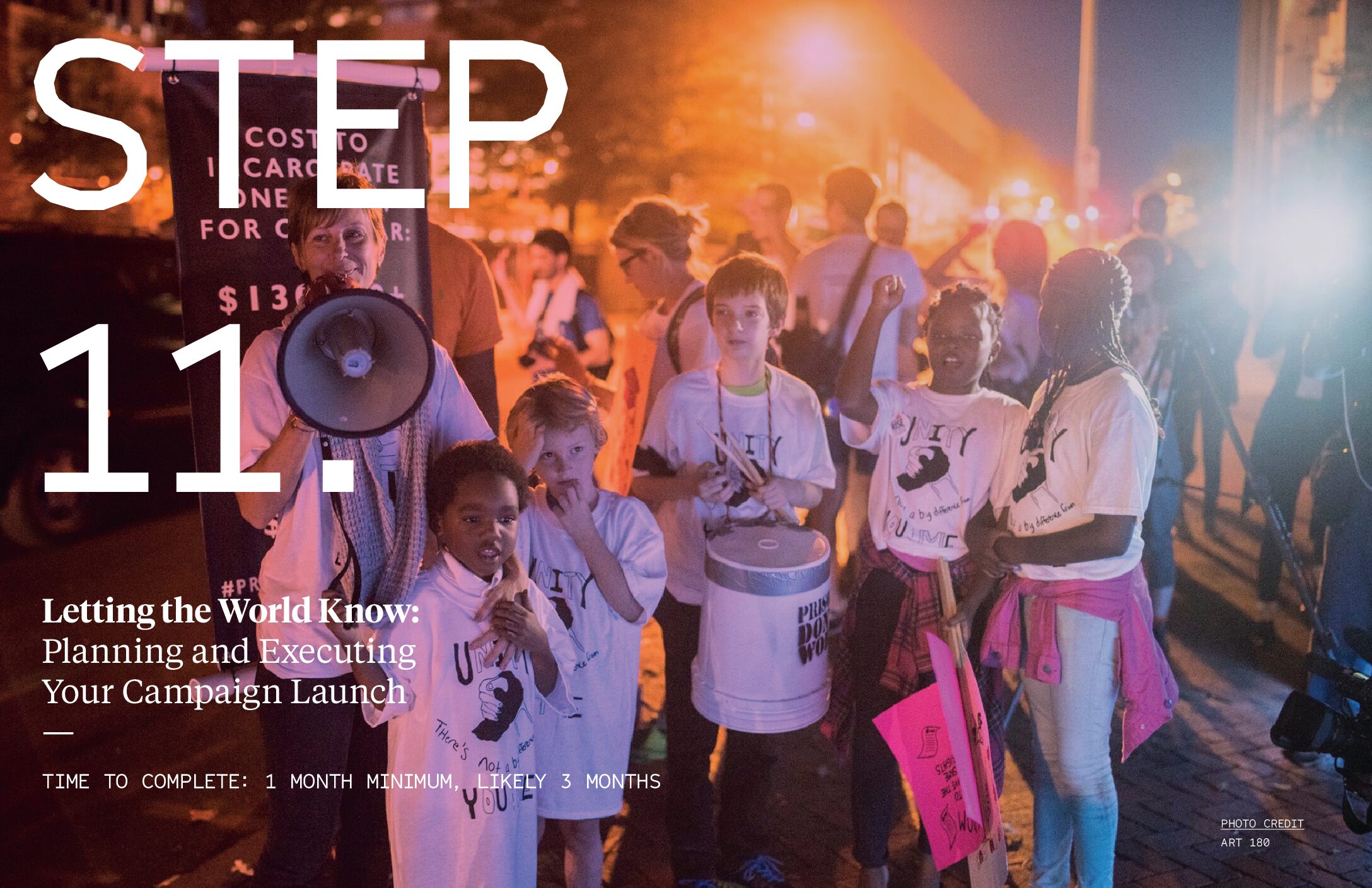
Reports & Resources
- Breaking Down the Walls: Lessons Learned from Successful State Campaigns to Close Youth Prisons (Youth First Initiative) – Report documenting 6 successful state efforts to close youth prisons.
Examples from the Field
- Media Release: Advocates Officially Launch Youth Justice Milwaukee, a Campaign to Close Lincoln Hills and Copper Lake Youth Prisons (Youth Justice Milwaukee) (in Starter Kit)
- Media Release: Institute Launches Campaign on June 28 to Close Youth Prisons and Reinvest in a Community-Based System of Care (Youth Justice New Jersey)
- Campaign Launch Video: 150 Years is Enough (Youth Justice, New Jersey)
- 150 years is Enough Campaign (New Jersey) Cohort Presentation, Planning Your Campaign Launch [Slideshow]
- 150 years is Enough Campaign (New Jersey) Cohort Presentation, Planning Your Campaign Launch [Recording]
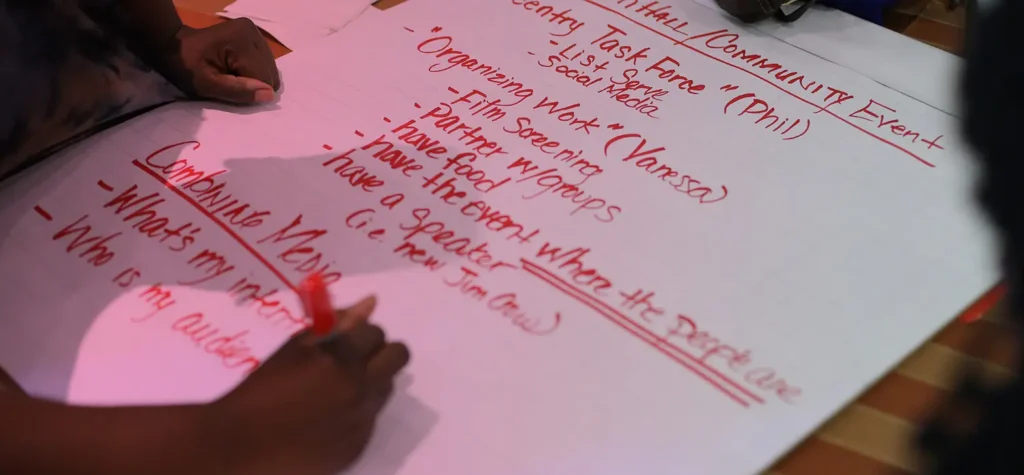
Thinking Ahead: Planning for Success Post-Launch
The Toolkit is intended to help you prepare for and launch your campaign to close the youth prison(s) in your state; it does not address the day-to-day work of carrying out your campaign once it has started. There are some activities you will want to undertake during the pre-launch phase, however, that will position you for success during the active phase of your campaign. This includes understanding and planning for direct actions, documentation, and thinking about how you will ensure successful implementation once your campaign has achieved its goals. Learn more in Step 12.
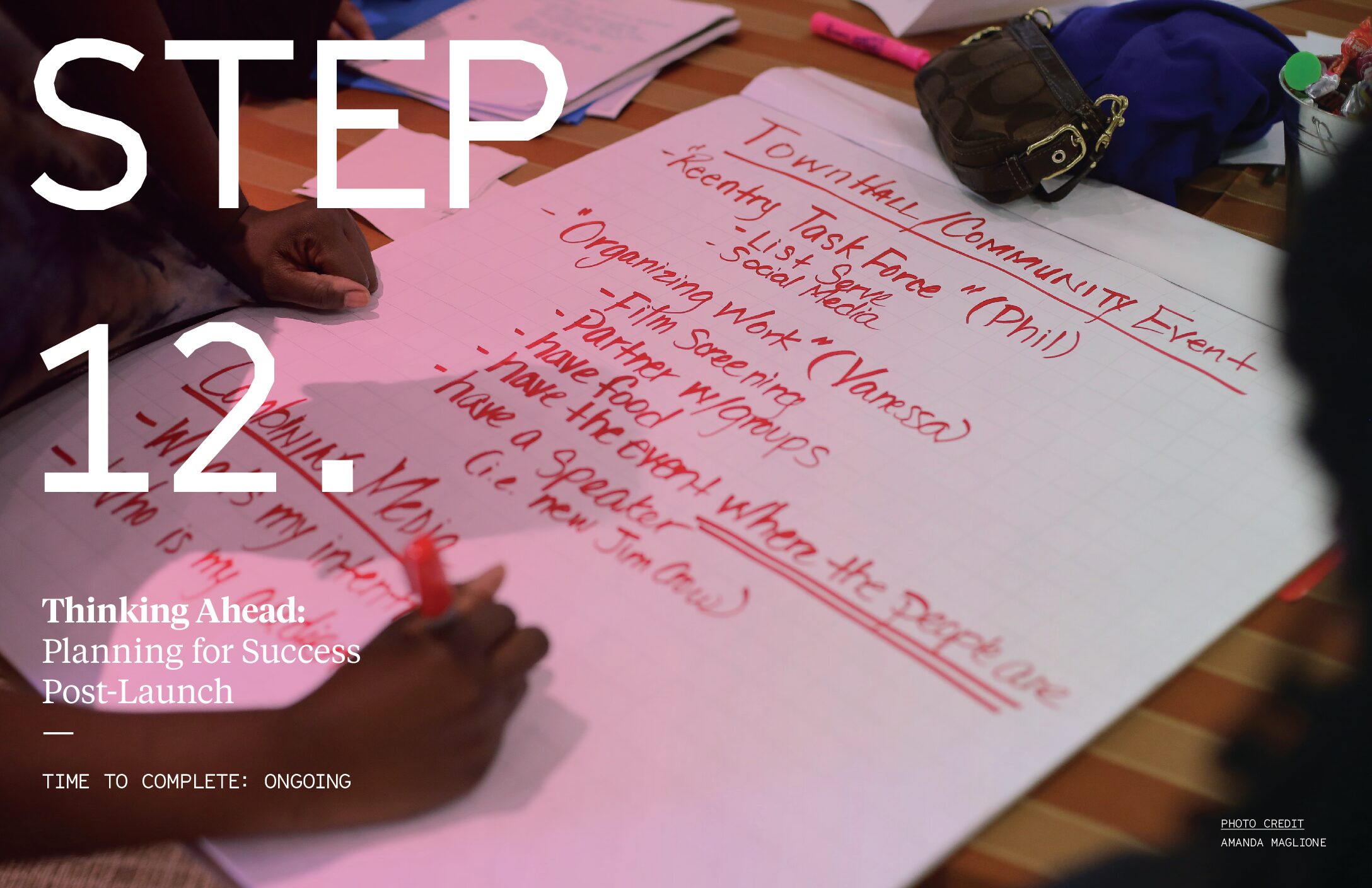
Essential Strategy: Evaluating and Documenting Your Campaign
Tools & Templates
- Campaign Checklist (Youth First Initiative)
Reports & Resources
- Documenting and Evaluating Your Campaign (Youth First Initiative)
- Advocacy Evaluation Mini-Toolkit: Tips and Tools for Busy Organizations(Learning for Action)
- A User’s Guide to Advocacy Evaluation Planning (Harvard Family Research Project)
- Benchmarks for Advocacy Evaluation (Bolder Advocacy/Alliance for Justice)
Essential Strategy: Implementation and Achieving Lasting Change
Reports & Resources
- After the Win: Tips for Successful Implementation of Prison Closure (Youth First Initiative)
- Tips for Sustaining Change Long-Term (Youth First Initiative)
- Evaluating Social Justice Advocacy: A Values Based Approach (Center for Evaluation Innovation)
